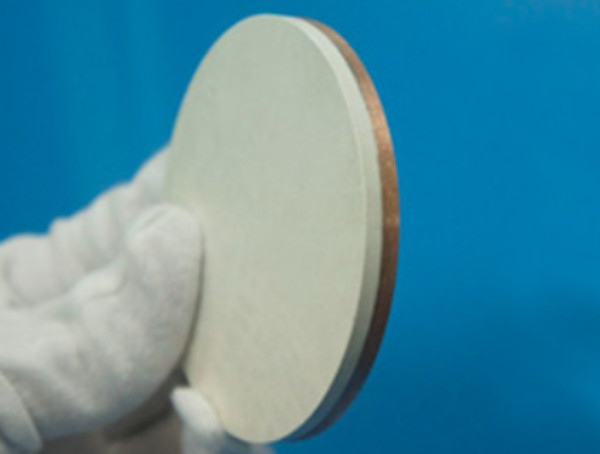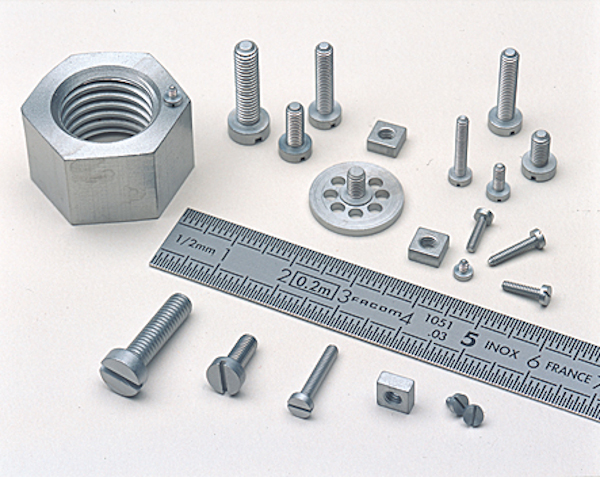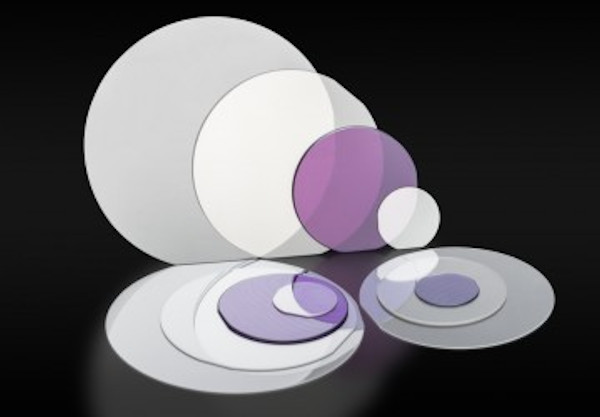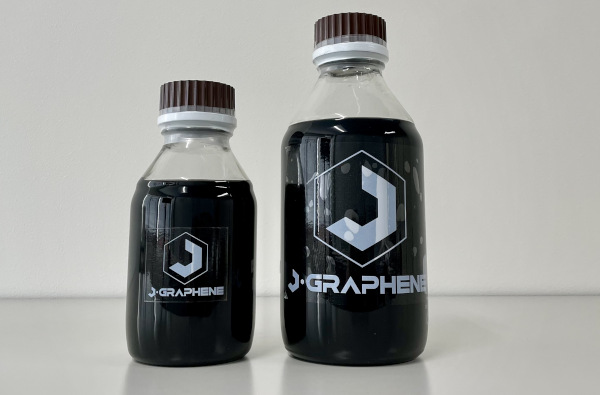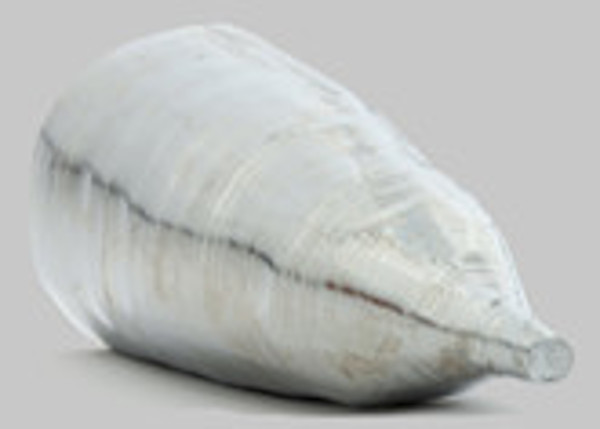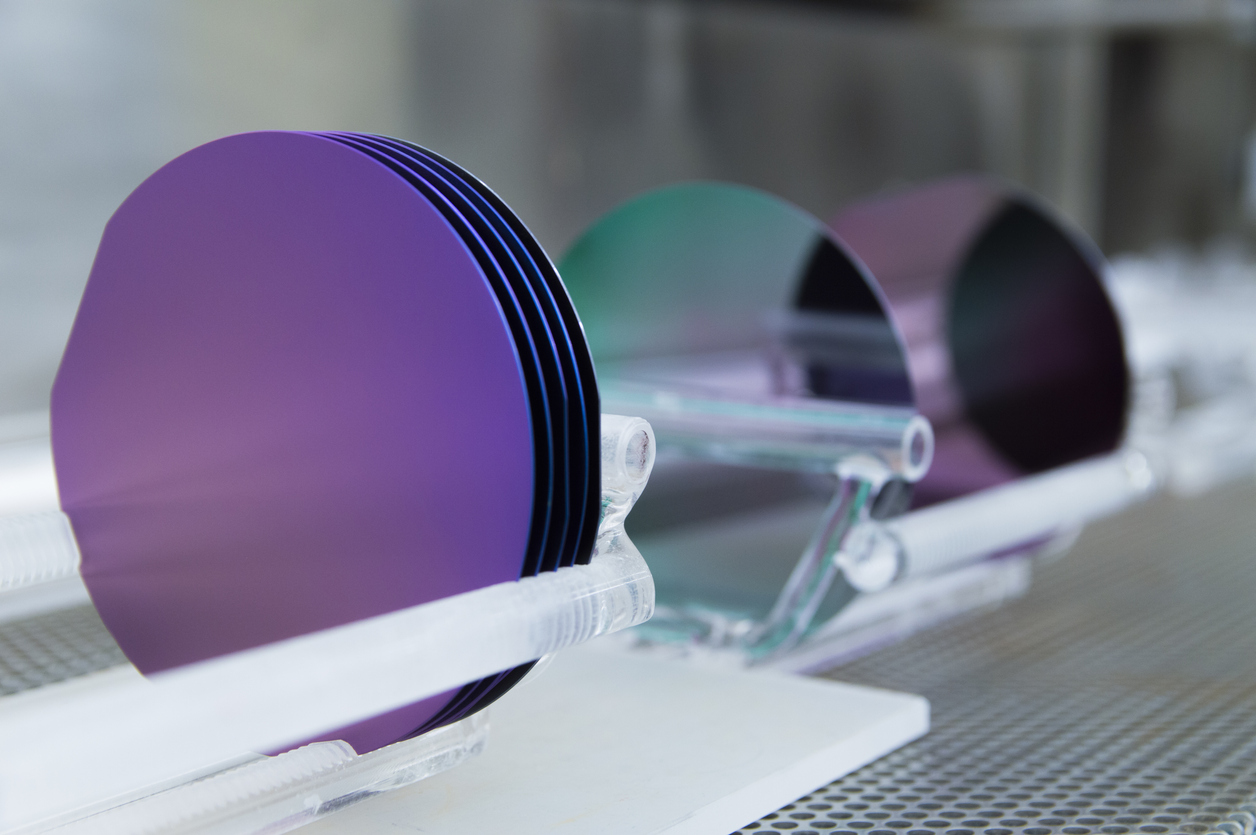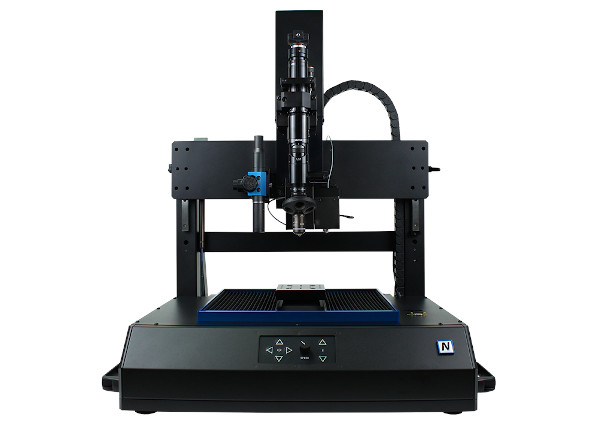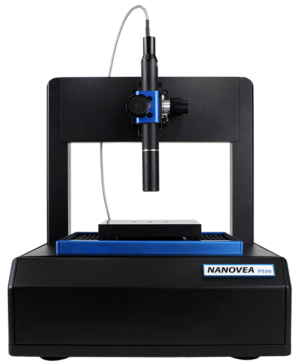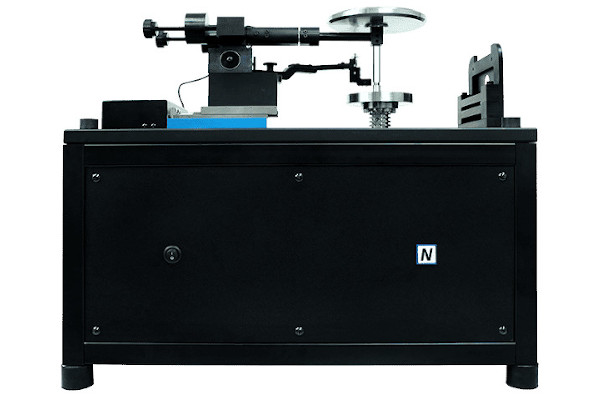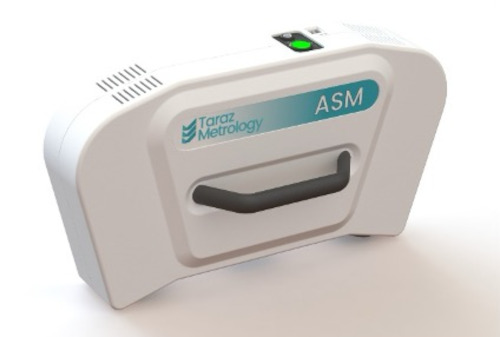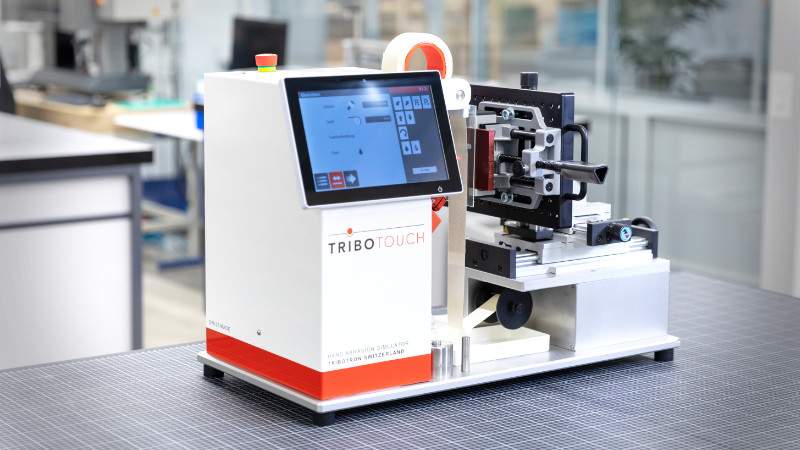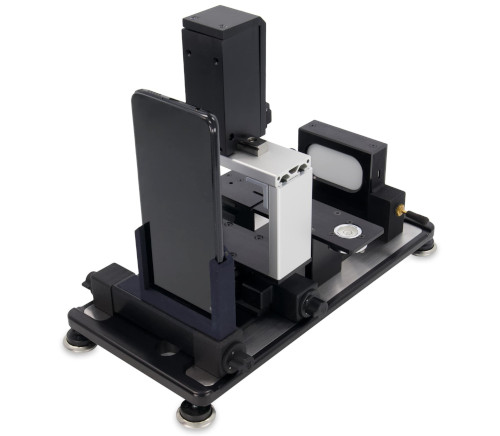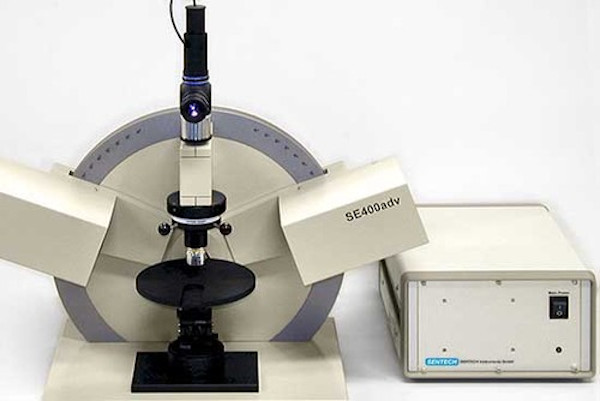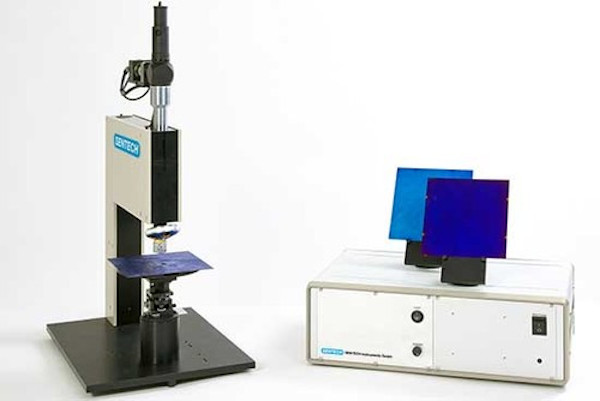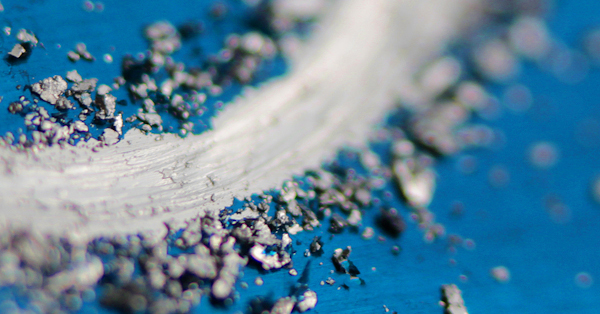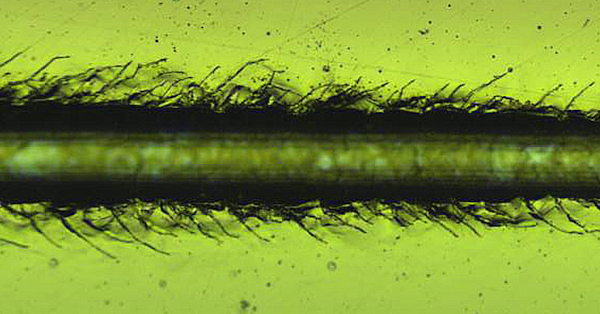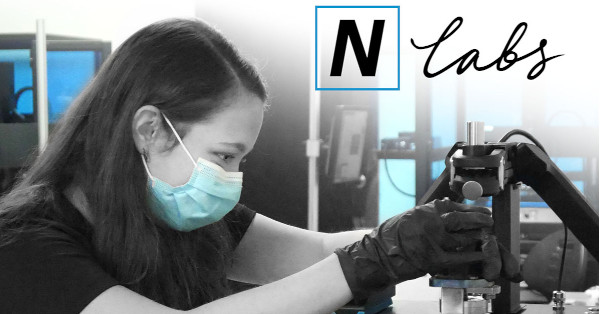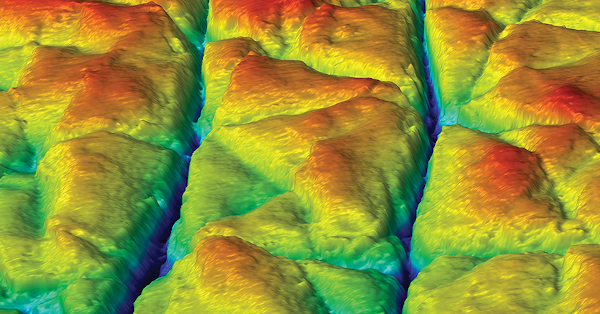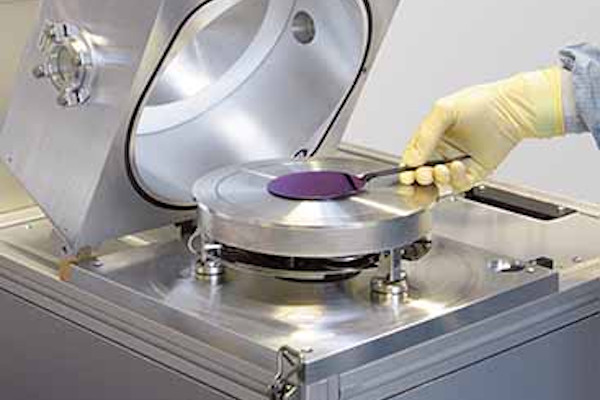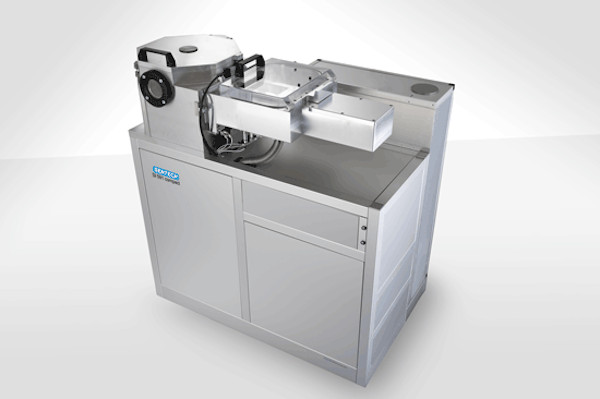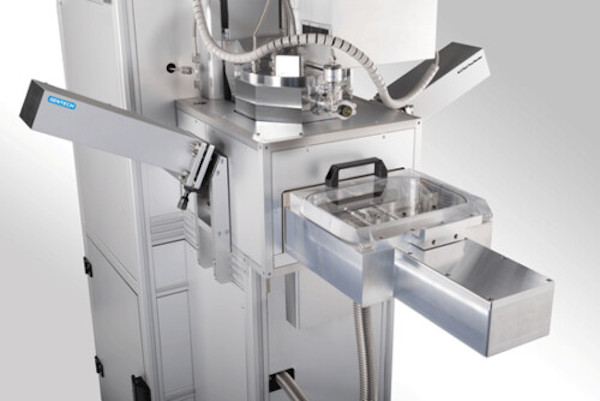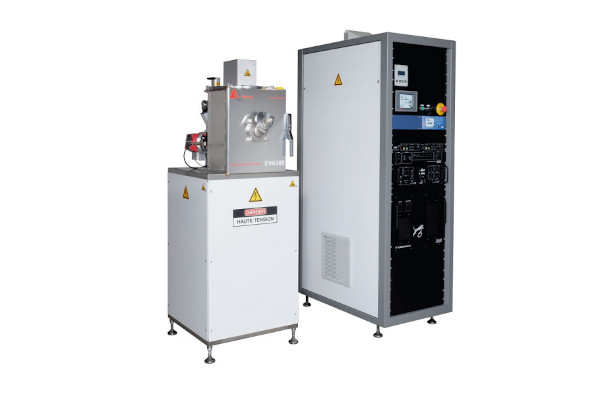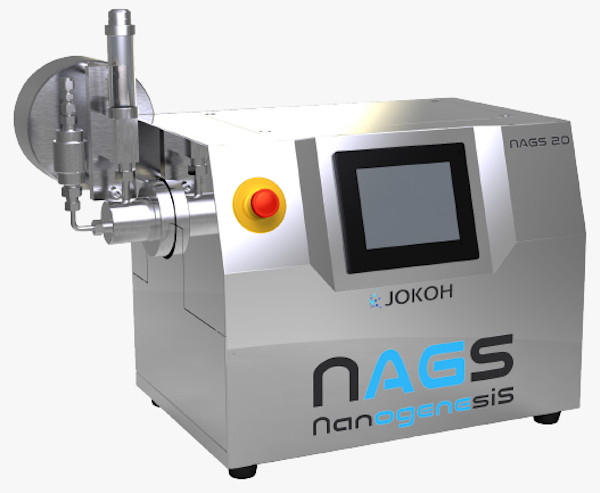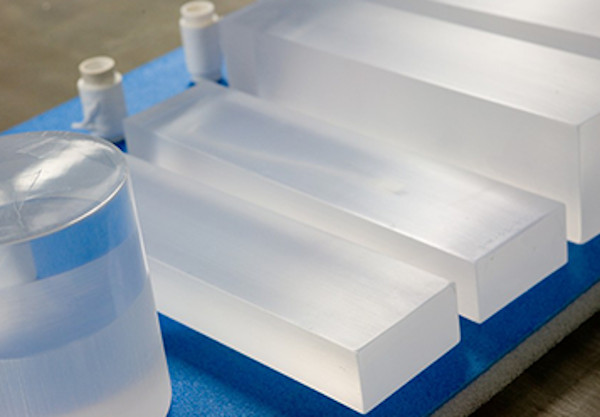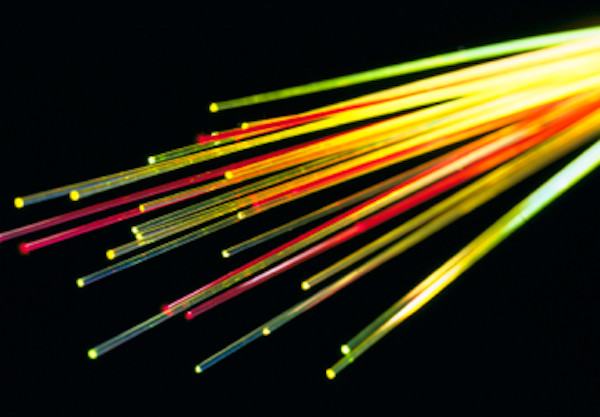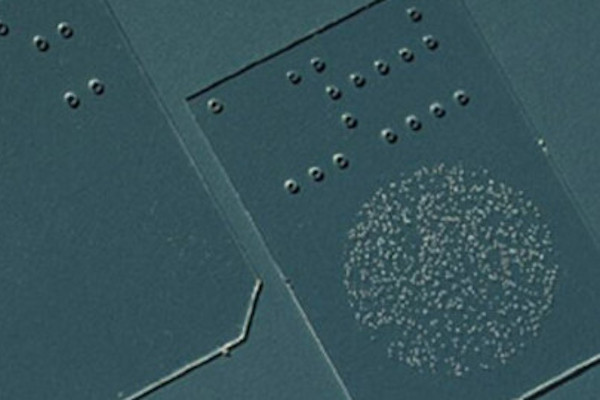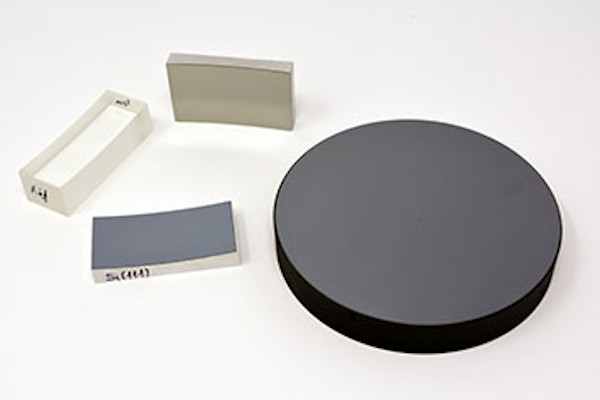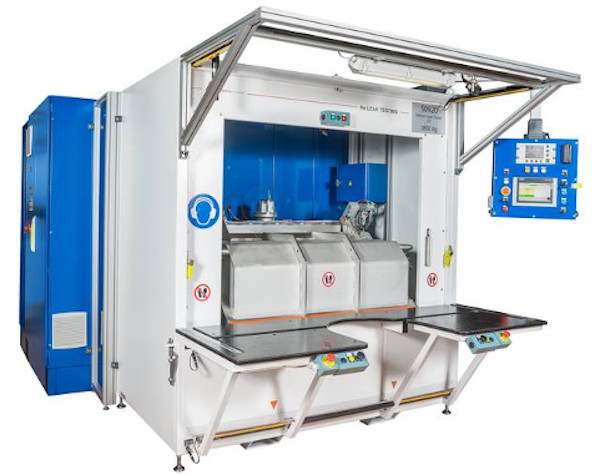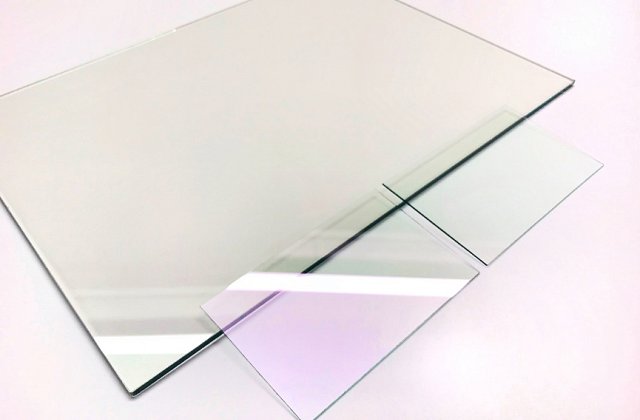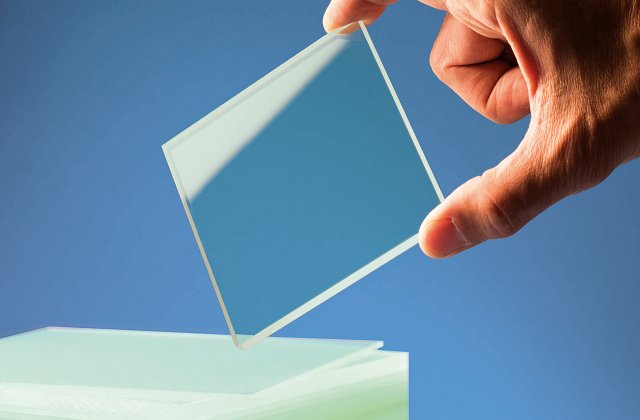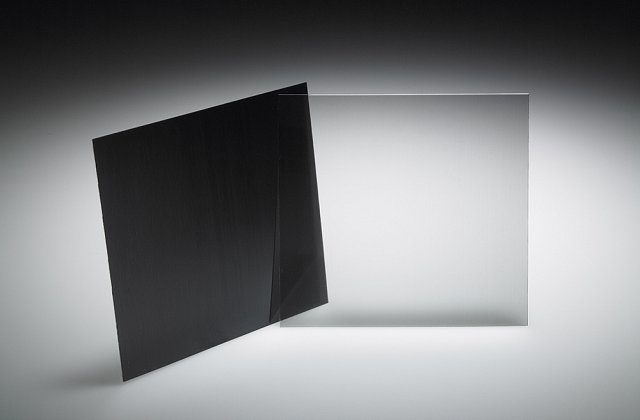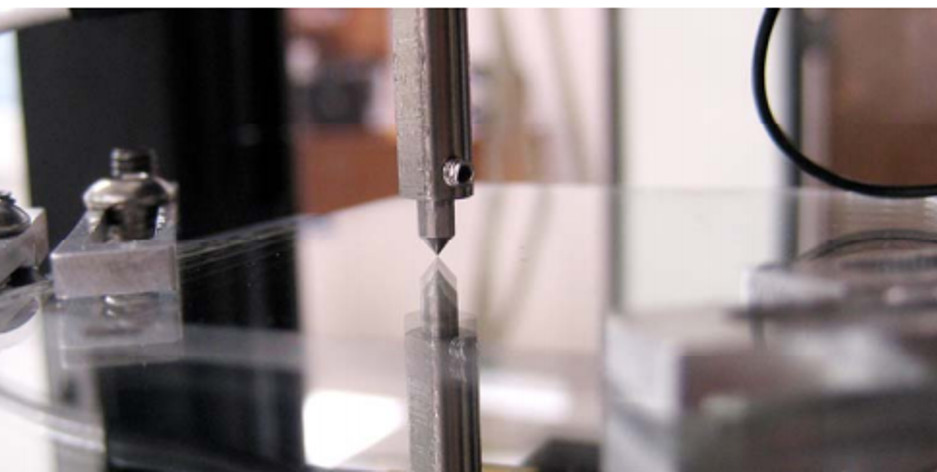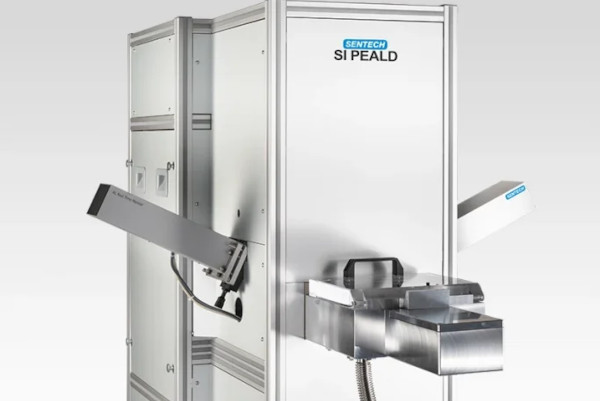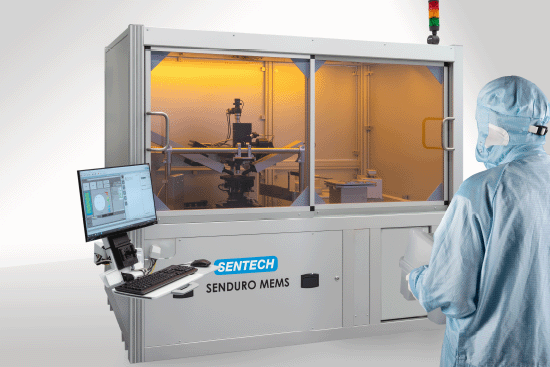We must simulate the process of scratching in a controlled and monitored manner to observe sample behaviour effects. In this application note, the Nanovea Mechanical Tester in its nano scratch testing mode is used to measure the load required to cause failure of two different commonly used thin film materials, Aluminium (Al) and Silicon Nitrite (SiN), on glass. Each sample has a 200 nm coating on 3 mm thick glass. A 2µm diamond tipped stylus is used at a progressive load ranging from 0.05 mN to 80.00 mN to scratch the coating. The point where the coating fails by cracking or where delamination from the glass occurs first is taken as the point of failure. Five tests where done on each sample in order to determine the exact failure critical loads.
The Scratch Test Principle
The scratch testing method is a very reproducible quantitative technique in which critical loads at which failures appear are used to compare the cohesive or adhesive properties of coatings or bulk materials. During the test, scratches are made on the sample with a sphero-conical stylus (tip radius ranging from 1 to 20µm) which is drawn at a constant speed across the sample, under a constant load, or, more commonly, a progressive load with a fixed loading rate. Sphero-conical stylus is available with different radii (which describes the “sharpness” of the stylus). Common radii are from 20 to 200µm for micro/macro scratch tests, and 1 to 20µm for nano scratch tests. When performing a progressive load test, the critical load is defined as the smallest load at which a recognisable failure occurs. In the case of a constant load test, the critical load corresponds to the load at which a regular occurrence of such failure along the track is observed. In the case of bulk materials, the critical loads observed are cohesive failures, such as cracking, or plastic deformation or the material. In the case of coated samples, the lower load regime results in conformal or tensile cracking of the coating which still remains fully adherent (which usually defines the first critical load). In the higher load regime, further damage usually comes from coating detachment from the substrate by spalling, buckling or chipping.
